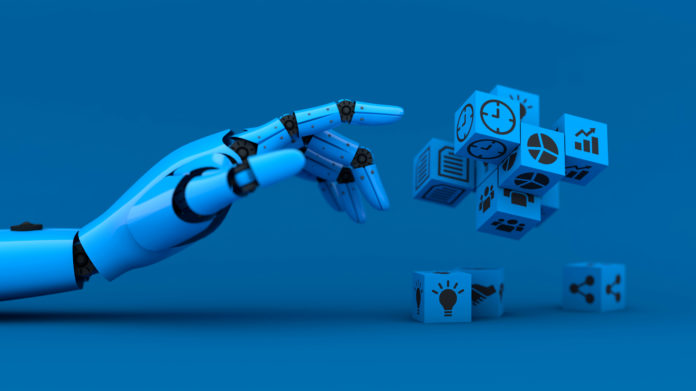
Introduction to Automation and Robotics
It is worth noting that Automation and Robotics have become continuously emerging trends in almost every industry that we could think of! Due to the need for higher accuracy and improved productivity, automation and robotics are increasingly being adopted and implemented in areas where these qualities top the list of priorities. Moreover, being faster and more efficient apart from enhancing the safety of the workforce, companies are increasingly adopting automation and robotics for smoother, trouble-free operations.
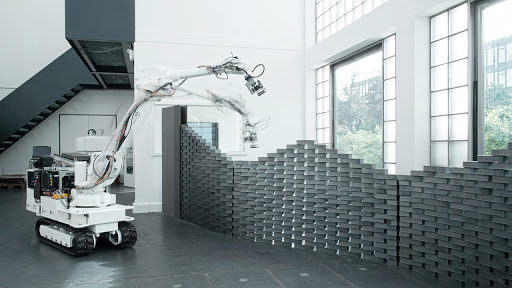
The construction industry is no different from the other industries when the matters of accuracy, efficiency, productivity, and safety are considered. Just like any other industry, the scope of automation and robotics in the construction field is endless right from the planning process until the completion of a building structure. Here, we will shed light on a few of the areas where automation and robotics are useful in the field of construction.
On-site Automation Machines
Machines have always made the life of humans easy since time immemorial. In the construction industry, the utilization of autonomous machines to reduce human effort, and increase speed and safety while improving overall efficiency have all boosted productivity and profitability. For instance, self-driving vehicles handling transportation of materials from one location to another can carry more load with less effort as compared to manual labor.

The HX2 – an autonomous and electric load carrier designed by Volvo is capable of moving heavy loads without any additional input. It utilizes a “digital-logistics-driven control technology” called “vision-system” by Volvo to detect obstacles in its path and avoid them.
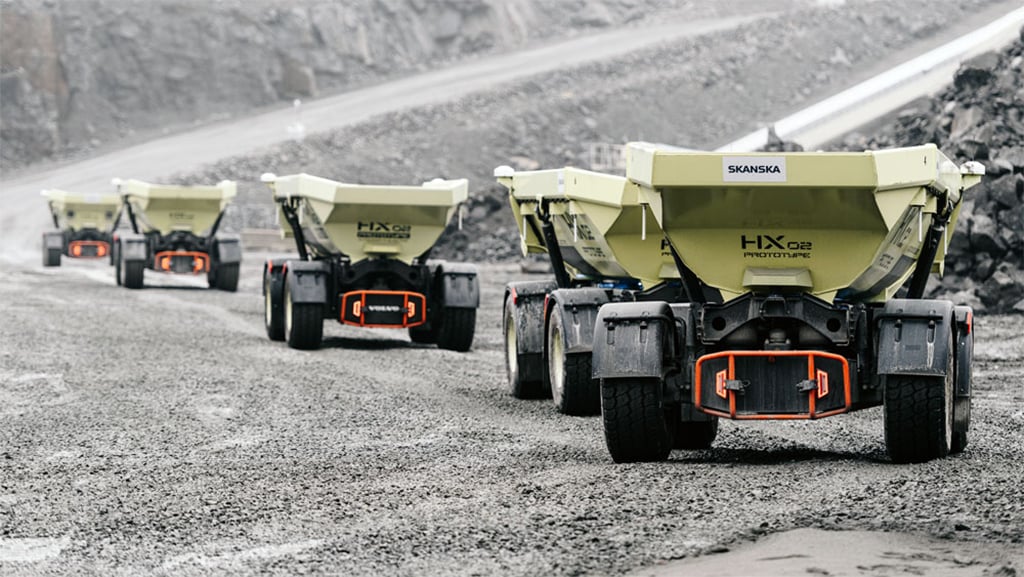
Additionally, they have increased safety and are more productive than manual labor. Also, machines such as forklifts, excavators, etc. that are comprised of robotic technologies make the job seamlessly easy and can also be operated remotely, making it highly suitable for work in high-risk areas and applications. They require fewer “breaks” and can work continuously for hours without getting tired or exhausted.
Surveying of Work Conditions Using Drones
Nowadays, drones are being utilized for surveying hard-to-access areas and getting better analysis of job conditions. For such works, both aerial drones as well as ground-based robots are utilized to gather multiple data. These drones can be programmed to detect faults or potential hazards that may get overlooked by human errors. The necessary preventive measures can be adopted by analyzing the data obtained from these drone survey assessments. They are also being used for conducting pre-commissioning inspections and other relevant site monitoring activities such as limited surveillance for worker supervision, site security, and final inspections.
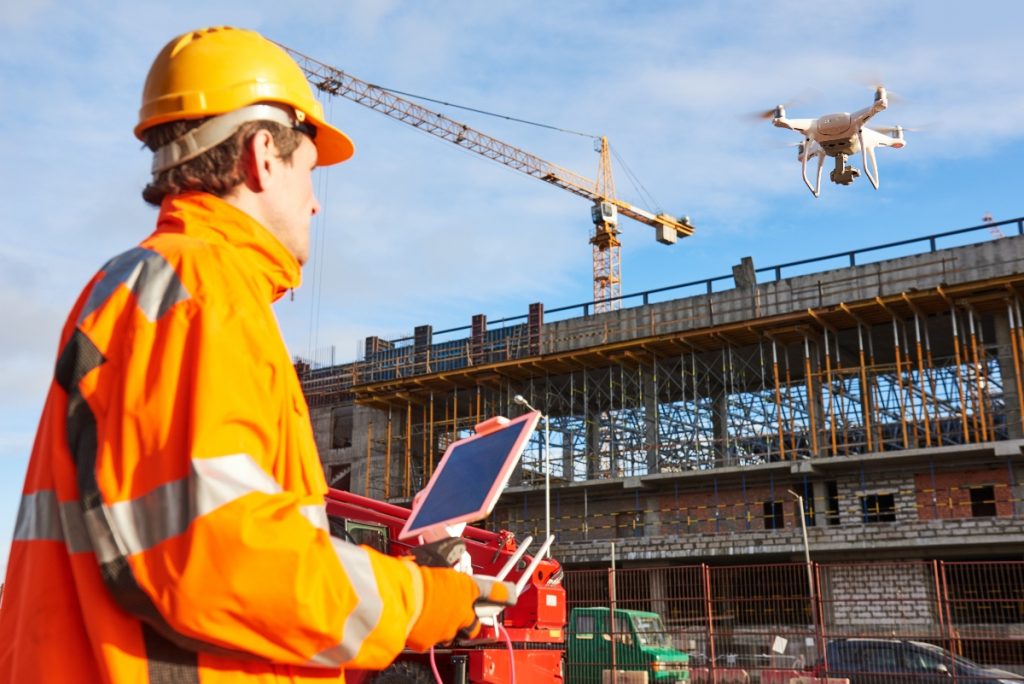

Drones enabled with Augmented Reality and Virtual Reality enable the drone operators to gather a realistic and real-time feel of what the drones are seeing.
Concrete Works and Robotics
It is worth noting that humans are still in the loop for much of the construction robotics. For consistency and the right mix of concrete mix and concrete slurry, robots are being utilized nowadays. These robots ensure that the mix is always consistent with the right amount of cement, sand, and gravel. This reduces unnecessary material consumption and wastage.
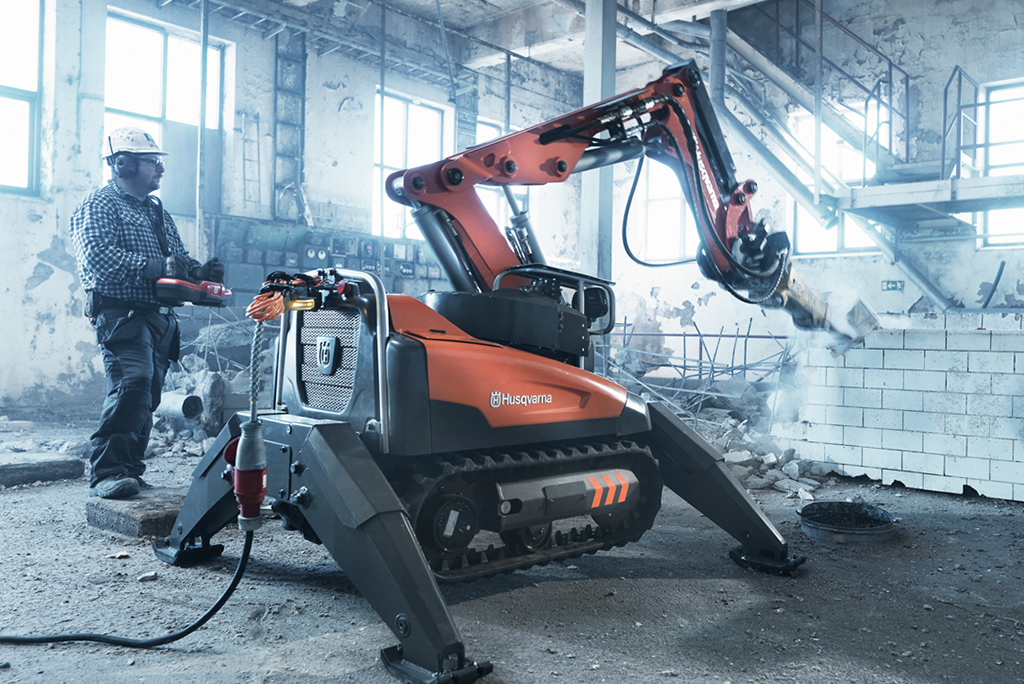
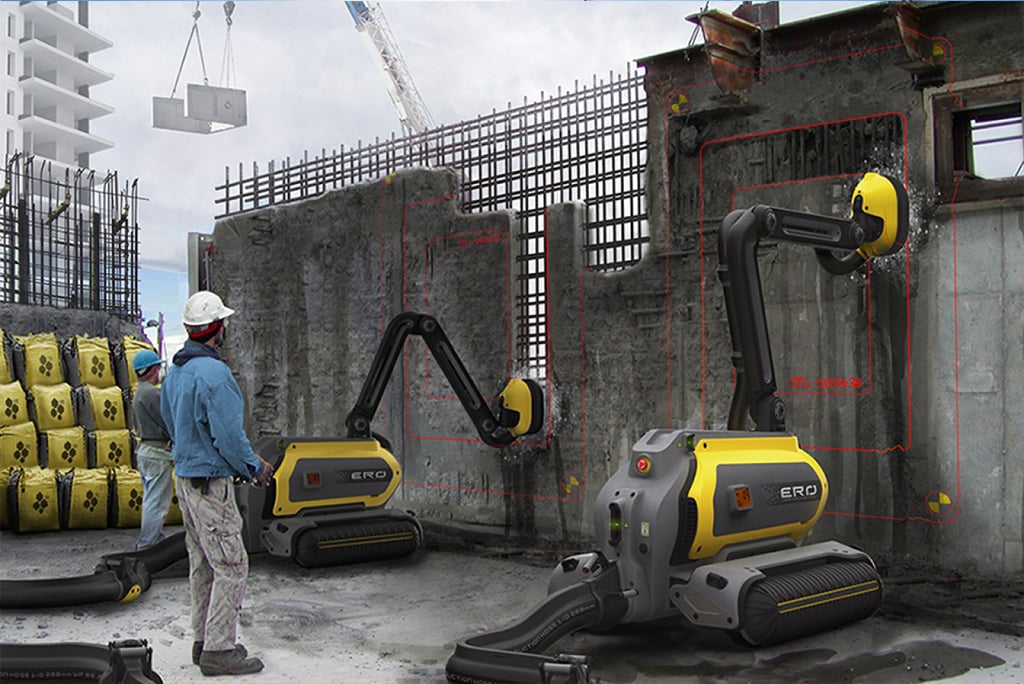
The robots are also being used for laying cement, polishing floors, removing surface water, etc. Through the automation of these processes, we can eliminate human error while reducing material consumption and improving work efficiency and productivity. Bigger and heavier robots are also used to build demolition and removal of concrete debris.
Data Gathering and Processing using IoT Sensors
The Internet of Things (IoT) based sensors are implemented in the robots to gather real-time readings and measurements of variables such as temperature, pressure, and other conditions. Based on these readings, companies can determine, design, and automate the various robots used in the field.
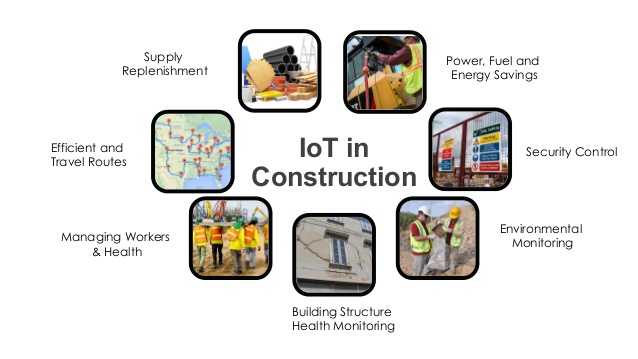
Upon receiving the specific signal, these sensors are triggered which will execute the predefined control action. For e.g., a smoke detection sensor will trigger the smoke alarm and the sprinkler system when it detects smoke. The alarm system is for alerting the occupants to move to a safe area, while the sprinkler system puts out the fire that caused the smoke.
Project Planning and Training Using Virtual Reality
Virtual Reality (VR) and Augmented Reality (AR) find immense application in the construction field. These can be used to create the Digital Twin of a project which is used to check for imperfections in the design. Project feasibility, fault detection, design stability, etc. can also be checked and verified even before the project commencement in real life. Additionally, it will also provide an exact idea of how the final design structure would look in the real world, enabling architects or designers to make last-minute design modifications as per client needs.
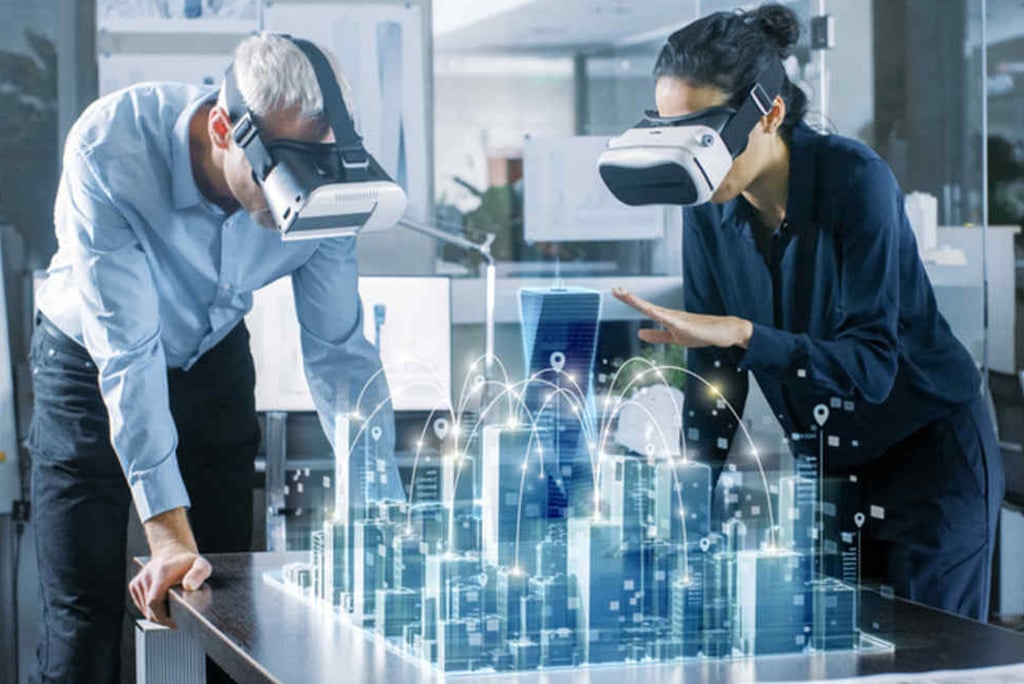
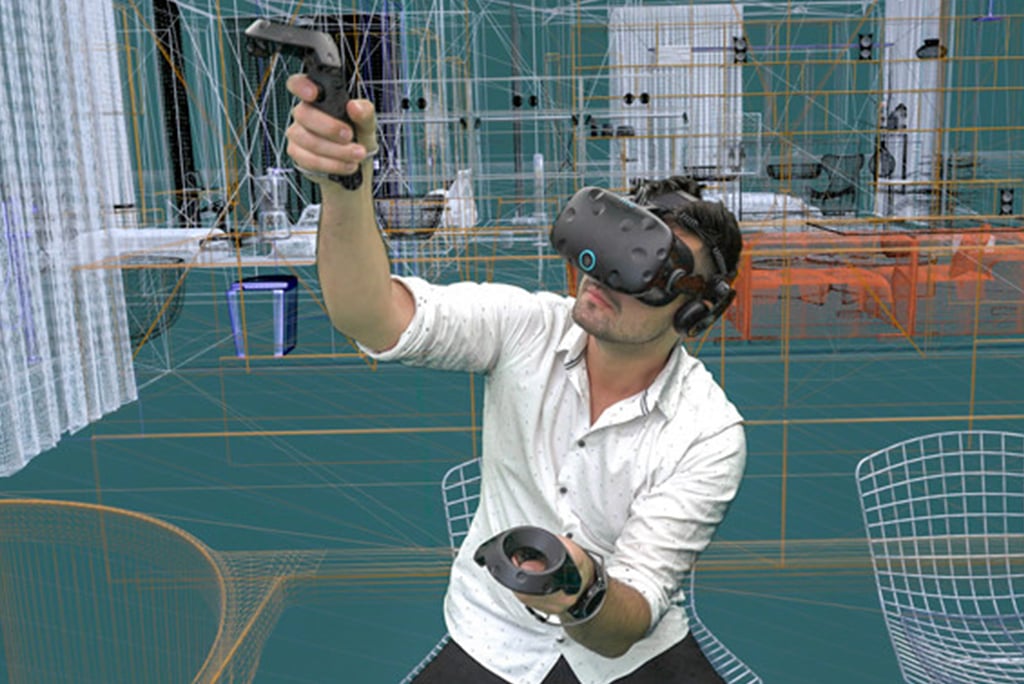
Virtual Reality is constructed using a series of scanned images, thereby creating a simulation environment that allows builders to interact with a particular section of the project. With the use of VR, for instance, a mechanic can crawl through the pipes in a building for inspection and maintenance checks. VR plays an important role in the field of automation since it employs programmed 3D scans that are highly accurate and free from human errors.
